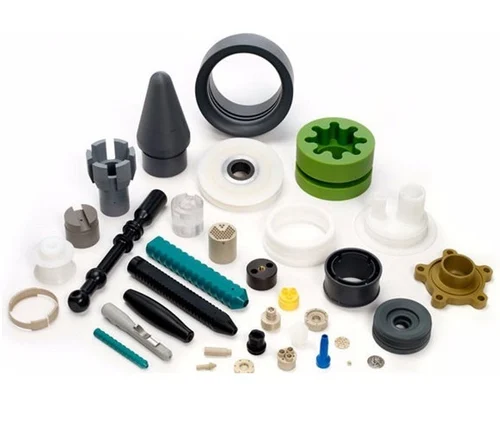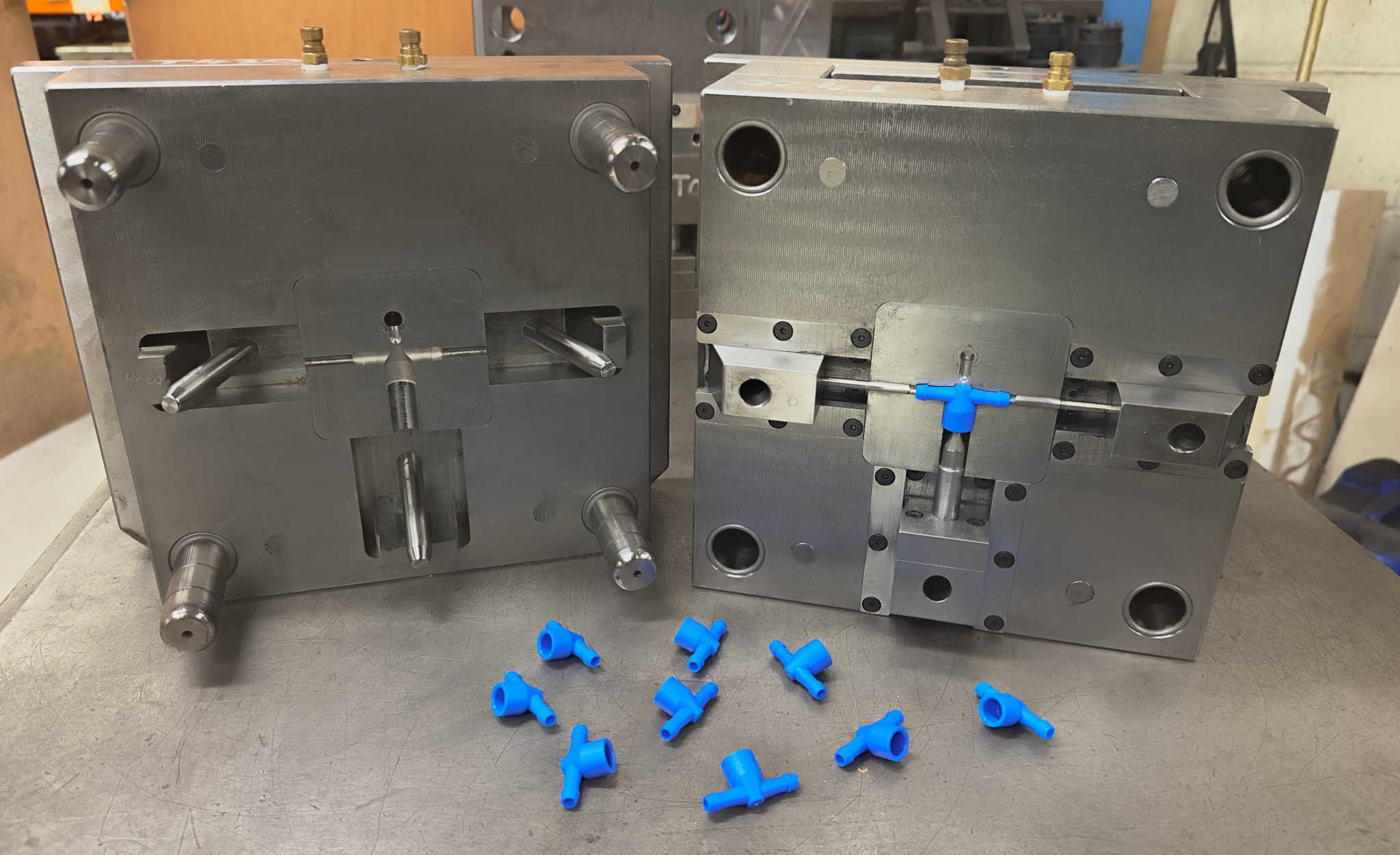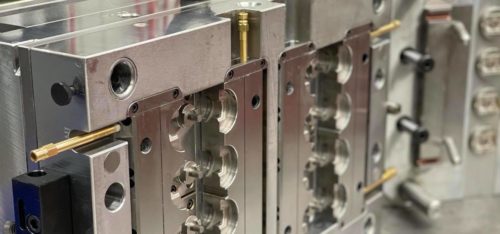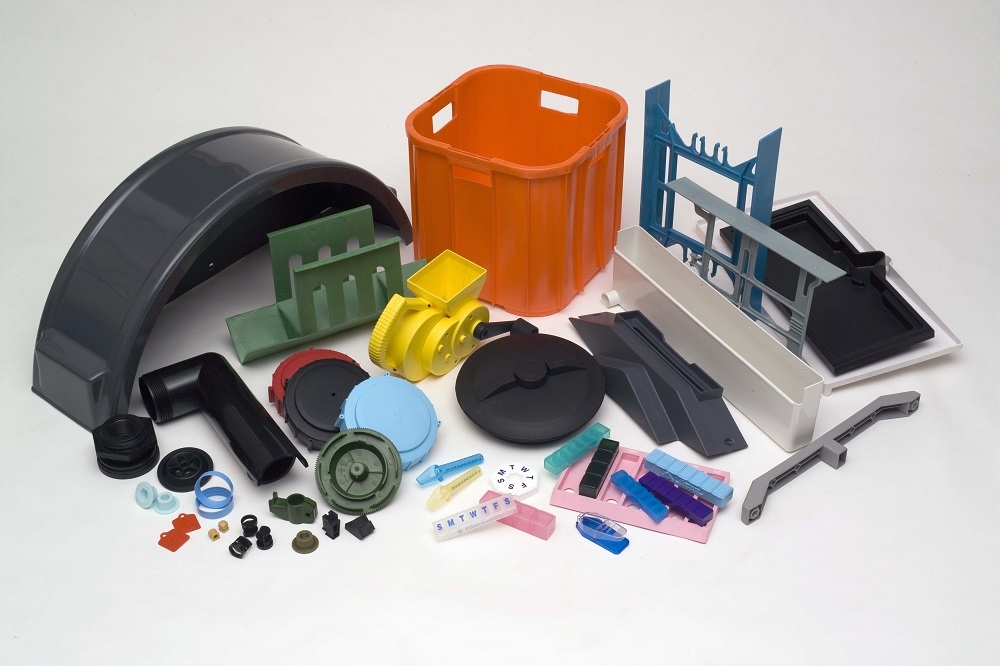

Plastic injection moulding process
Understanding the Plastic Injection
Moulding Process: A Complete Guide
The plastic injection moulding process is one of the most widely used
manufacturing methods for producing precise, high-volume plastic parts. From
automotive dashboards to medical device components, this process supports mass
production with exceptional repeatability and efficiency.
In this post, we’ll break down how plastic injection moulding works, its
stages, key specifications, advantages, and answer some frequently asked
questions to help you better understand the process.
What Is Plastic Injection Moulding?
Plastic injection moulding is a manufacturing technique where molten plastic is
injected into a custom-designed mould cavity. Once cooled, the plastic
solidifies into the desired shape. The process is ideal for producing both
simple and complex plastic parts in high volumes with tight tolerances.
This method is used across industries including automotive, medical,
electronics, aerospace, packaging, and consumer goods.
How the Plastic Injection Moulding
Process Works
The process is executed in several key stages:
1. Clamping
The two halves of the mould (core and cavity) are closed and clamped
tightly using hydraulic or mechanical force. Proper clamping ensures no
material escapes during injection.
2. Injection
Plastic pellets are melted in a heated barrel and injected into the mould
at high pressure through a nozzle. The molten plastic fills the cavity
completely, taking the exact shape of the part.
3. Cooling
Once the cavity is filled, the plastic begins to cool and solidify.
Cooling time depends on the part's wall thickness, material type, and mould
design.
4. Ejection
After sufficient cooling, the mould opens, and the part is pushed out
using ejector pins. The mould then resets for the next cycle.
5. Post-Processing
Some parts may undergo trimming, inspection, or additional finishing
processes like painting, printing, or assembly.
Key Specifications of the Plastic
Injection Moulding Process
Understanding the specifications involved helps in optimizing the process
and ensuring high-quality output.
|
Specification |
Typical Range / Detail |
|
Clamping Force |
20 – 5,000 tons |
|
Injection Pressure |
30 – 200 MPa |
|
Shot Weight |
1 gram – 10+ kilograms |
|
Cycle Time |
10 – 60 seconds |
|
Tolerances |
±0.01 mm to ±0.05 mm |
|
Supported Thermoplastics |
ABS, PC, PP, PA, POM, PS, PE, TPE, PEEK |
|
Cavity Count |
Single, Multi-cavity (2, 4, 8, 16, 32+) |
|
Mould Material |
P20, H13, S136, Aluminum (prototype) |
|
Surface Finish Options |
SPI, VDI, EDM texture, mirror polish |
|
Lifespan of Mould |
100,000 to 1,000,000+ cycles |
Benefits of the Plastic Injection
Moulding Process
1. High Efficiency and Productivity
Once the mould is created, the process allows for high-speed, automated
mass production.
2. Consistent Quality
Injection moulding ensures part-to-part consistency, which is critical
for industries like automotive and healthcare.
3. Complex Geometry Capability
It supports the production of parts with intricate shapes, undercuts, and
thin walls.
4. Material Versatility
A wide range of thermoplastics, additives, and colorants can be used to
tailor part performance.
5. Reduced Waste
Compared to machining or casting, this process generates minimal material
waste, and excess can often be recycled.
Common Applications of Plastic
Injection Moulding
Plastic injection moulding is used to produce:
- Automotive
parts – interior panels, bumpers, housings.
- Medical devices – syringe
bodies, inhaler components, surgical tools.
- Electronics – connectors,
battery cases, remote housings.
- Packaging – bottle caps,
containers, dispensers.
- Consumer
products – kitchenware, toys, household gadgets.
Each application may require different tooling, materials, and processing
conditions, all of which must be optimized.
Factors That Influence Injection
Moulding Success
To ensure an effective production process, consider the following:
1. Mould Design
A poorly designed mould can cause defects like warping, sink marks, or
short shots. Proper venting, gating, and cooling must be engineered.
2. Material Selection
Not all plastics behave the same. Properties such as melt flow,
shrinkage, and temperature resistance must match the application.
3. Machine Parameters
Pressure, temperature, injection speed, and cycle time must be carefully
monitored and controlled.
4. Part Design
Designing for manufacturability includes adding draft angles, uniform
wall thickness, and ribbing for strength without overuse of material.
FAQs About the Plastic Injection
Moulding Process
Q1: What is the average cycle time in
injection moulding?
A: Most parts have a cycle time of 15 to 60 seconds, depending on size,
complexity, and material used.
Q2: What are the most commonly used
plastics in injection moulding?
A: Popular materials include ABS, polypropylene (PP), polycarbonate (PC),
nylon (PA), polyethylene (PE), and thermoplastic elastomers (TPE).
Q3: How long does a mould typically
last?
A: A well-maintained steel mould can last for 500,000 to over 1,000,000
cycles, while prototype aluminum moulds may last for 10,000 to 100,000 cycles.
Q4: Can injection moulding be used for
low-volume production?
A: Yes, especially with aluminum tooling or insert moulding. However, it’s
most cost-effective for medium to high-volume runs.
Q5: What are common defects in
injection moulding and how are they prevented?
A: Common defects include warping, sink marks, flashing, and short shots.
Proper mould design, material selection, and process control are key to
prevention.
Final Thoughts
The plastic injection moulding process is a cornerstone of modern
manufacturing due to its speed, accuracy, and ability to produce parts at
scale. From idea to final part, each step—from design and material selection to
mould making and production—must be executed with precision.
If you’re planning to develop a plastic product or scale production, understanding this process is essential. Choosing the right mould, the appropriate material, and a qualified manufacturing partner will directly impact your success in cost, quality, and lead time.



